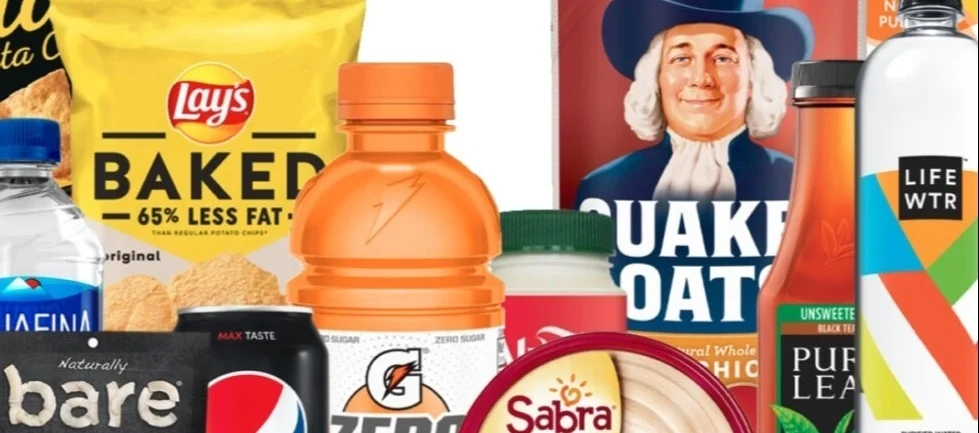Tapping into “The Real Thing” to Build Brand Loyalty
May 22, 2025
Consumer spending was up in April as US inflation slowed. However, during this time of economic volatility, as consumers display fluctuating spending habits, marketers need to move fast to rethink customer engagement and brand loyalty. Authentic influencer connections are more critical than ever in securing and engaging with, in a specific, relatable, and “real” way that inspires buyer preferences within a relevant customer base. That’s why we’re seeing a rise in user-generated content (UGC). UGC is authentic third-party content made by consumers who are creating a shared experience with their followers around a brand. 60% of consumers say content from a friend or family member influenced their purchasing decisions. Brands need to understand the importance of UGC and how to appropriately use it to their benefit. Read on to learn more.

Kathy Bloomgarden
CEO, Ruder Finn
Economic Uncertainty Builds Case for Driving Brand Loyalty
The current economic landscape is marked by uncertainty and volatility. With ongoing shifts in tariffs and trade negotiations, the data on consumer purchasing patterns remains mixed. In this environment, brand loyalty has become increasingly crucial to mitigate the effects of fluctuating spending habits.
What does this mean?
For example, Oatly, the oat milk brand, transformed itself from a niche dairy alternative option into a cult favorite. They didn’t just set out to sell oat milk – they built a movement around sustainability, transparency, and quirky, self-aware branding that resonated with Millennials and Gen Z. The brand encourages UGC by reposting creative fan-submitted recipes, latte art, and memes, turning consumers into ambassadors. Even when their category expanded, Oatly held onto its consumers because they weren’t just buying a product; they were buying an identity. This deep brand affinity shows how powerful it is when brands go beyond price and product, and tap into lifestyle and values, making their consumers feel seen and part of a community.
While Oatly is exemplary in building loyalty, they are also a cautionary tale about how quickly that loyalty can be lost when consistency falters. Operational issues, marketing controversies, and competitive pressures eroded some of the customer retention they once had, reminding us to build and maintain brand devotion in preparation for any economic climate.

UGC Content & The Everyday Consumer
Organic social content isn’t going anywhere, and user-generated content (UGC) is a natural extension of it. Think of the mom on Facebook recommending a Ninja blender or the college freshman sharing her Amazon dorm essentials. These are often unpaid, unaffiliated endorsements created from real customer satisfaction. A 2024 Nostro study found that UGC ranks highest in building customer trust among visual content types, with 33% of marketers agreeing. Similarly, a Salsify study revealed that 13% of Gen Z shoppers have made purchases directly through social media because of UGC, while the same percentage say they’d abandon a purchase if UGC is missing.
What does this mean?
These findings highlight the growing importance of UGC as a trust-building, conversion-driving asset. Incorporating authentic, customer-created content into campaigns can significantly boost engagement and sales, especially among Gen Z, while the absence of UGC may lead to lost conversions. Now is the time for Ruder Finn to prioritize UGC in creative strategies, from social ads to product pages, to meet evolving consumer expectations and maximize campaign effectiveness.

PepsiCo to Transition Snack Brands to Natural Colors by Year-End
PepsiCo is making significant changes to its snack brands, including Lays and Tostitos, by transitioning to natural colors by the end of the year. This move aligns with Health Secretary Robert F. Kennedy Jr.’s initiative to phase out petroleum-based synthetic dyes. During an April 24 earnings call, PepsiCo CEO Ramon Laguarta announced that the transition is already underway, with more than 60% of the company’s products free of artificial colors. Laguarta reassured investors that the company’s products are safe and that the transition will be handled pragmatically to avoid unnecessary panic or chaos. He emphasized that every consumer will have the opportunity to choose their preferred options and that PepsiCo aims to lead the anticipated consumer demand for more natural ingredients, similar to its efforts in reducing sodium, sugar, and improving fats.
What does this mean?
With this growing shift toward cleaner, more natural ingredients, we anticipate more communications from major food companies as they adapt to public health priorities and government influence. Communication strategies will play an increasingly complex role in reassuring both consumers and investors that business shifts won’t negatively affect product enjoyment or sales, while also adhering to political priorities. The role of communication teams has only become more nuanced as the news cycles speed up and social media expands their reach, and we anticipate this to continue.
Submit

